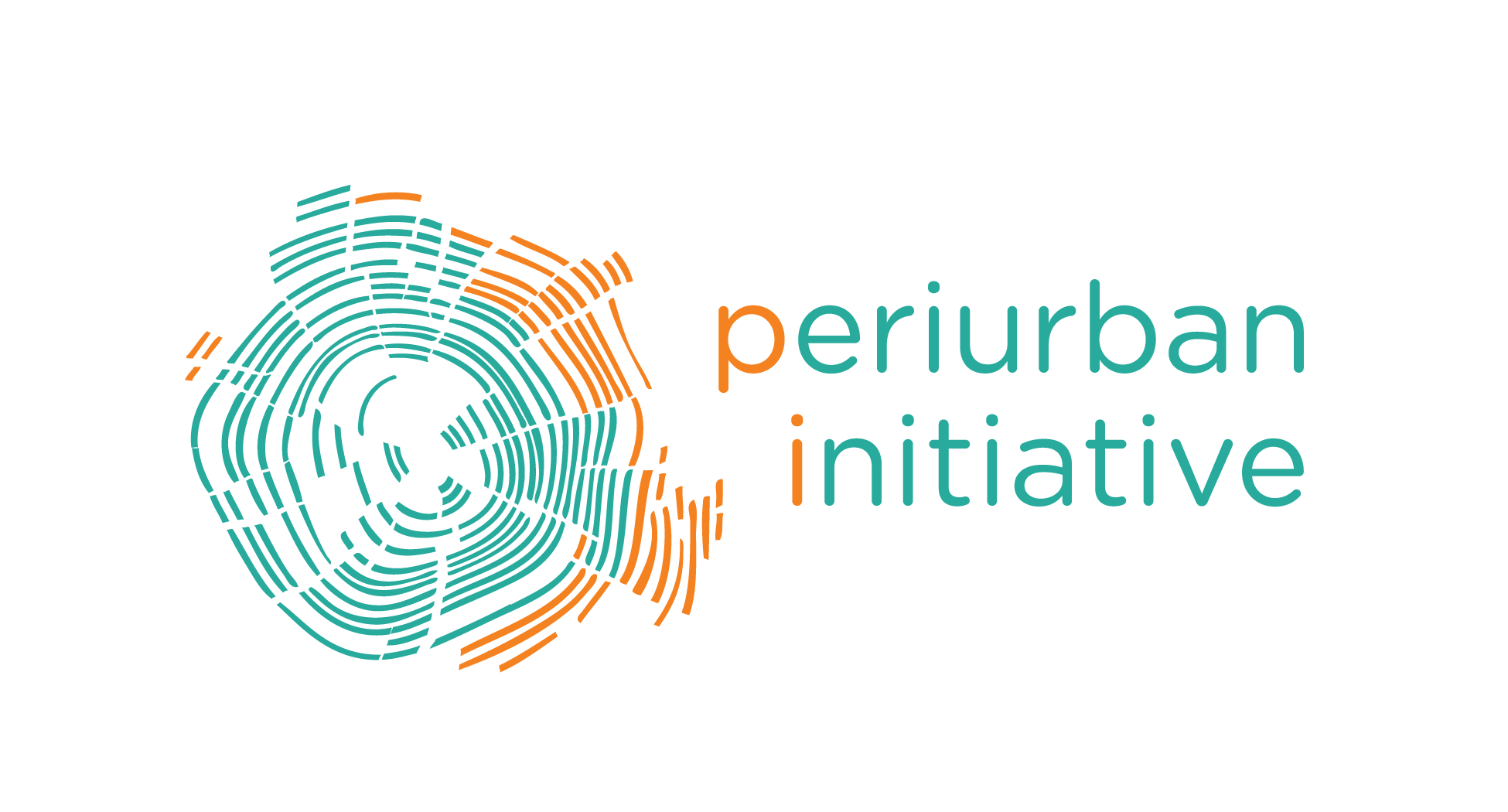Periurban
Until quite recently, much of the research on climate change adaptation has focused either on cities and their adaptive capacity (infrastructure, disaster preparedness, etc.) or on rural areas identified as specifically vulnerable, e.g., drought or flood-prone regions. Periurban areas bring up new issues that move across disciplinary but also governance and institutional boundaries, and as such define a complex environment in their own right. The periurban, which used to be treated as a transitional zone between the urban and rural in rapidly developing areas, is now being recognised as a separate socio-spatial configuration with distinct challenges of sustainability.
According to a UN report on World Urbanization Trends 2014, by 2050, 66 percent of the world’s population is projected to be urban and it is an increase from 54 percent urban population in 2014. This increase is expected to be accomodated in the periurban regions.
According to a UN report on World Urbanization Trends 2014, by 2050, 66 percent of the world’s population is projected to be urban and it is an increase from 54 percent urban population in 2014. This increase is expected to be accomodated in the periurban regions.
According to a UN report on World Urbanization Trends 2014, by 2050, 66 percent of the world’s population is projected to be urban and it is an increase from 54 percent urban population in 2014. This increase is expected to be accomodated in the periurban regions.
In South Asia, periurban areas are also regions where access to services (water, energy, transport, housing) is becoming increasingly fragmented as result of the development of gated communities and Special Economic Zones (SEZs), along with resource constraints and the consolidation of power. The primary drivers for these, especially given the scale and speed of the changes, are conveyed largely in terms of social and political drivers rather than only physical ones.
Resilience, accordingly, needs to be characterized more broadly as well, involving normative elements of social and environmental justice in the context of ecological disruption. In India, these areas are typically the sites of fastest growth outside metros and the larger Tier-II cities. In the face of climate change, it has become imperative to assess and steer the development process in these regions in order to ensure their sustainability and resilience.
In South Asia, periurban areas are also regions where access to services (water, energy, transport, housing) is becoming increasingly fragmented as result of the development of gated communities and Special Economic Zones (SEZs), along with resource constraints and the consolidation of power. The primary drivers for these, especially given the scale and speed of the changes, are conveyed largely in terms of social and political drivers rather than only physical ones.
Resilience, accordingly, needs to be characterized more broadly as well, involving normative elements of social and environmental justice in the context of ecological disruption. In India, these areas are typically the sites of fastest growth outside metros and the larger Tier-II cities. In the face of climate change, it has become imperative to assess and steer the development process in these regions in order to ensure their sustainability and resilience.

